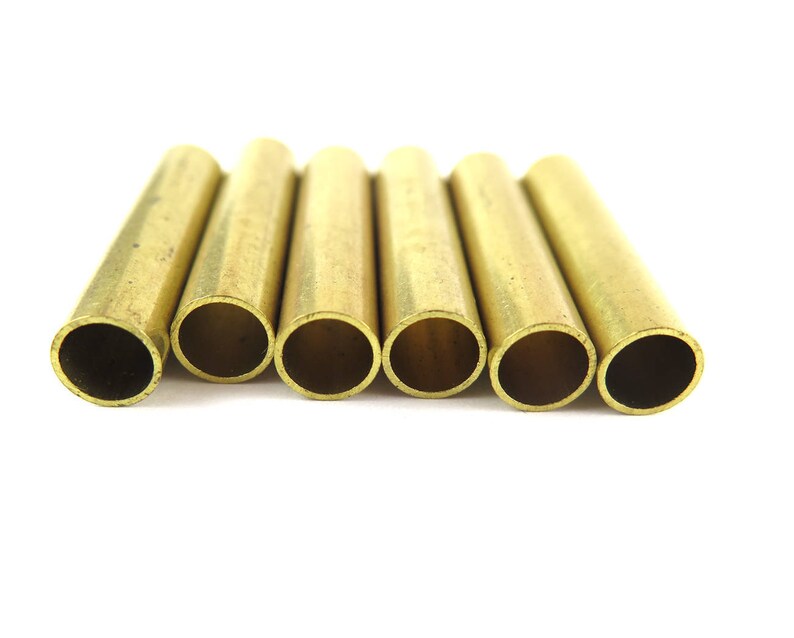What is Stainless steel?
Stainless steel is a type of steel that contains at least 10.5% chromium, which makes it highly resistant to corrosion. Stainless steel products are made from this corrosion-resistant material and are used in a wide variety of applications, including:
1. Kitchen appliances: Stainless steel is often used to make kitchen appliances, such as refrigerators, dishwashers, and ovens, because it is durable and easy to clean.
2. Cutlery: Stainless steel is also used to make knives, forks, and spoons because it is strong and does not rust or stain.
3. Sinks: Stainless steel sinks are popular because they are easy to clean and do not discolor or scratch easily.
4. Industrial equipment: Stainless steel is used in the manufacturing of a wide range of industrial equipment, such as tanks, pipes, and valves, because of its corrosion resistance and durability.
5. Automotive parts: Stainless steel is also used in the production of some automotive parts, such as exhaust systems and trim, because of its strength and resistance to corrosion.
Common Processing Method For Stainless Steel Products
There are several common processing methods for stainless steel products, including:
1. Forming: Stainless steel can be formed into a variety of shapes using processes such as stamping, bending, and rolling.
2. Machining: Stainless steel can be machined using various techniques, including turning, milling, and drilling, to produce precise parts with complex shapes.
3. Welding: Stainless steel can be welded using various welding processes, including gas metal arc welding (GMAW), shielded metal arc welding (SMAW), and tungsten inert gas welding (TIG).
4. Casting: Stainless steel can be cast into complex shapes using processes such as investment casting and sand casting.
5. Heat treatment: Stainless steel can be heat treated to alter its mechanical properties, such as its strength and hardness. This is done by heating the steel to a specific temperature and then cooling it at a controlled rate.
5. Surface finishing: Stainless steel can be finished using a variety of techniques, such as polishing, buffing, and sandblasting, to improve its appearance and functional properties.
A Guide For Stainless Steel Products Design Process
The design process for stainless steel products typically involves the following steps:
1. Define the product's purpose and intended use: This includes identifying the specific requirements and specifications of the product, such as its strength, corrosion resistance, and dimensional tolerances.
2. Select the appropriate stainless steel grade: There are many different grades of stainless steel, each with its own unique properties and characteristics. It is important to choose a grade that is suitable for the intended application.
3. Determine the product's dimensions and tolerances: The size and shape of the product, as well as the required dimensional tolerances, should be determined at this stage.
4. Create a 3D model or blueprint: A 3D computer-aided design (CAD) model or blueprint can be used to visualize and plan the product's design.
5. Consider manufacturing processes and tolerances: The manufacturing processes that will be used to produce the product, such as casting, machining, or welding, should be considered at this stage. The tolerances that are required for these processes should also be determined.
6. Test and evaluate the design: Prototypes of the product can be created and tested to ensure that it meets the desired specifications and requirements. Any necessary adjustments can be made based on the results of these tests.
6. Produce the final product: Once the design has been finalized, the product can be produced using the chosen manufacturing processes.
7. Inspect and test the final product: The final product should be inspected and tested to ensure that it meets the required specifications and tolerances.
 Is admiralty brass copper nickel?
Is admiralty brass copper nickel?
 Nitinol Wire/Shape Memory Alloy: An Innovative Journey of Wonders
Nitinol Wire/Shape Memory Alloy: An Innovative Journey of Wonders
 What are the disadvantages of nitinol?
What are the disadvantages of nitinol?